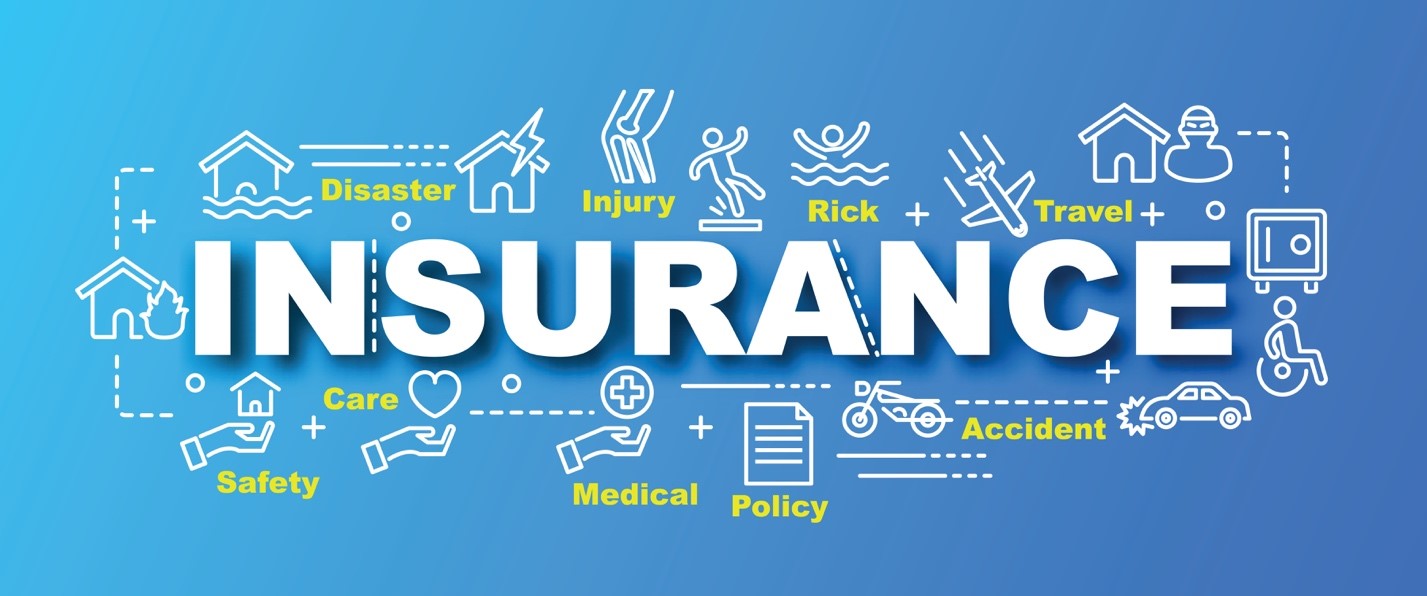
Introduction
The insurance industry is critical for any country’s economic development. A well-developed insurance sector boosts risk-taking in the economy, as it provides some security in the event of an unforeseen, loss-causing incident. It also provides much-needed support to family members in the case of loss of life or health. Since the assets under management of insurance companies represent long-term capital, they also act as a pool in which to invest in long-term projects such as infrastructure development.
The insurance industry in India has also grown along with the country’s economy. Several insurance companies in the country are expanding their operations, across both the public and private sector.
History
The history of India’s insurance industry reflects the history of India’s economy. Insurance companies in India were nationalised during pre-liberalisation. This was done to protect the interests of policyholders. Two state-owned insurance companies were thus created: the Life Insurance Corporation in 1956, and the General Insurance Corporation in 1972 for the non-life insurance business.
Post liberalization, the industry was opened up. The Insurance Regulatory and Development Authority of India (IRDAI) was created in 1999 to regulate the insurance industry in India. Thus, the insurance sector was opened to private players. This allowed foreign players to collaborate with Indian entities to enter the sector.
The number of insurance companies in India has increased quickly and continuously, and this has led to a vibrant insurance sector- with more variety and affordability for the consumer.
Present scenario
There are currently 57 insurance companies in India, of which 46 are from the private sector. There are 24 life insurance and 33 non-life insurance companies in India. The major names in the sector are:
Life insurance:
Life Insurance Corporation (LIC)
HDFC Standard Life
SBI Life Insurance
ICICI Prudential Life Insurance
Non-life insurance:
New India Assurance
United India Assurance
National Insurance Company
ICICI Lombard
Oriental Insurance Company
Bajaj Allianz
The market share of private sector players has increased over the years. In the non-life insurance sector, private companies had a market share of 54.68 % in FY 19 (as of Jan ‘19). In the life insurance sector, private companies had a market share of 33.74 % in FY 19 (as of Jan ‘19).

Market size
The overall market for insurance is expected to be $ 280 bn by 2020.
Gross premiums in India reached $ 94.48 bn in FY 18. Of this number, the split between life insurance and non-life insurance was as follows:
Life insurance: $ 71.1 bn
Non-life insurance: $ 23.38 bn
Recent developments in the sector:
The last few years have seen a lot of activity in the sector. This is a testament to the vibrancy of the industry in India. Here are a few examples from different categories of deals/ developments:
Strategic deals: HDFC ERGO General Insurance Co. is in talks to acquire Apollo Munich Health Insurance (Reported valuation: $ 370 mn)
Financial investors: A consortium of private equity firms- Westbridge Capital and Madison Capital, as well as billionaire investor Rakesh Jhunjhunwala, are in discussions to acquire over 90% stake in Star Health and Allied Insurance. (Estimated deal size: $ 1 bn)
Initiatives by non-sector players: Indian e-commerce giant Flipkart has tied up with Bajaj Allianz General Insurance to provide customised insurance products for mobile phones sold on Flipkart.
New product offerings: HDFC ERGO launched a new product called E@Secure: a cyber insurance policy to protect individuals and families from cyber-attacks.

Future outlook and Growth drivers:
The insurance industry in India is expected to register healthy, consistent growth based on the following drivers:
1. Low insurance penetration in India: 3.69% (2017), compared to 6.3% globally (2016)
2. Government programs to increase insurance cover: Pradhan Mantri Suraksha Bima Yojana, Pradhan Mantri Jeevan Jyoti Bima Yojana, Ayushman Bharat etc
3. Strong growth in the automotive industry is expected to boost motor insurance
4. Increasing interest in buying insurance; rising internet usage has contributed to this increasing interest
5. Innovative products like Unit Linked Insurance Plans (ULIPs) have contributed to the growth of insurance cover.
6. New distribution channels such as bancassurance, online distribution and NBFCs are contributing to the growth in insurance cover
Government initiatives / policies
1. Foreign Direct Investment (FDI) limit for the insurance sector increased from 26% to 49%.
2. Life insurance companies operational for 10+ years are now allowed to go public by IRDA
3. Government plans to divest a significant stake in PSU general insurance companies in order to execute the steep disinvestment target
4. Several flagship schemes have been launched by the government to boost the insurance sector.
Flagship schemes:
• Pradhan Mantri Jan Suraksha Bima Yojana: This scheme focuses on providing affordable insurance to people below the poverty line, in rural areas
• Pradhan Mantri Jeevan Jyoti Bima Yojana: This initiative provides life insurance for people employed in the unorganised sector
• Atal Pension Yojana: This guarantees pension Coverage to all citizens in the unorganised sector who join the National Pension System (NPS)
• Ayushman Bharat Yojana: Each beneficiary family will receive medical insurance cover of INR 5 lakh, which they can use to get treatment at public or private hospitals.






